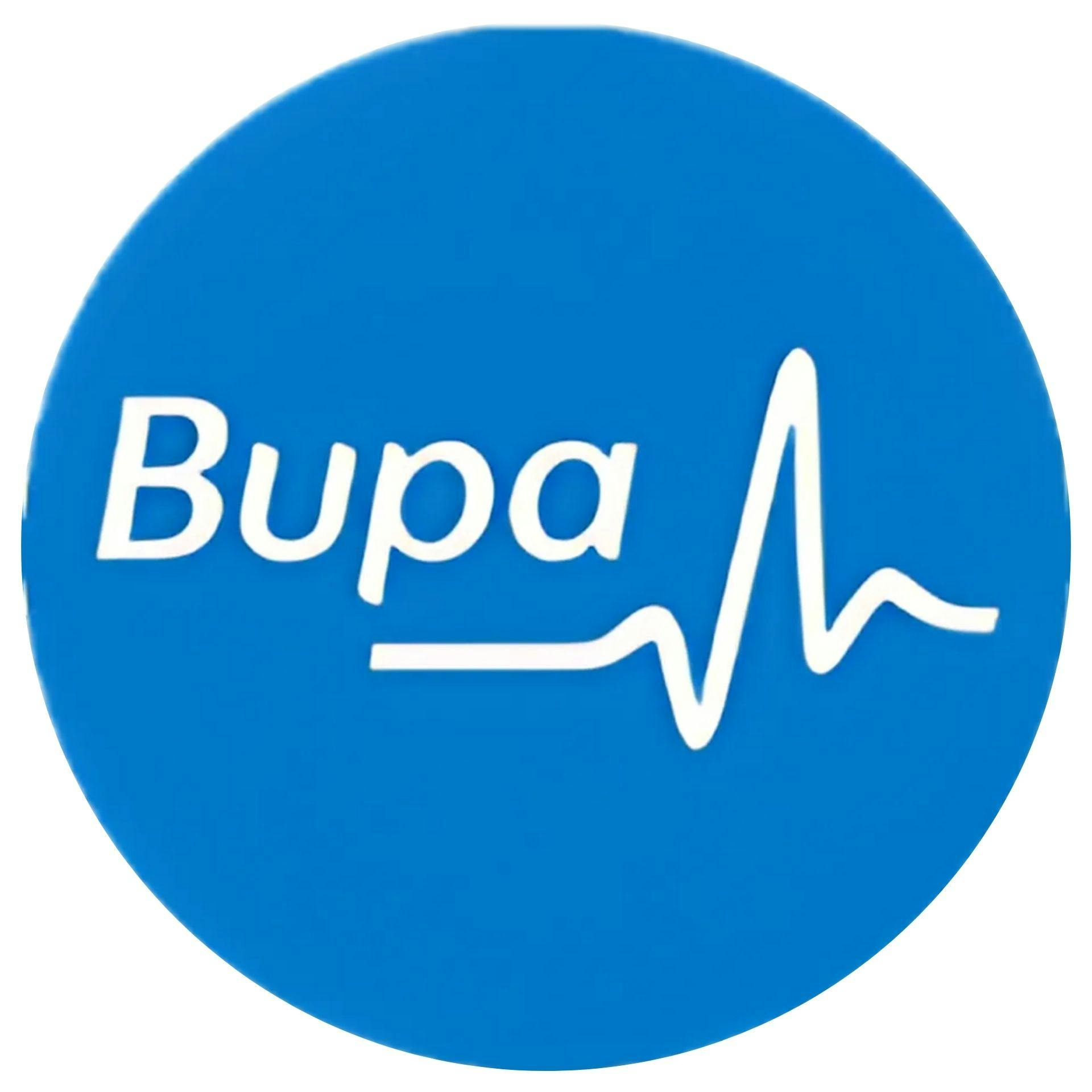In the ever-evolving landscape of weight loss solutions, the gastric band stands as a compelling option for individuals seeking a path to transformative weight management. This innovative procedure has demonstrated its efficacy in helping countless individuals achieve their weight loss goals through a controlled and gradual approach.
What is the Gastric Band?
The gastric band, medically referred to as the laparoscopic adjustable gastric band (LAGB) or simply the gastric band, is a minimally invasive surgical intervention designed to facilitate weight loss by limiting the capacity of the stomach. This procedure involves the placement of an adjustable silicone band around the upper portion of the stomach. By creating a smaller pouch, the band limits the amount of food that can pass into the stomach, leading to a major reduction in food intake and ultimately promoting weight loss.
The gastric band has emerged as a powerful tool in the realm of weight management, offering individuals a means to achieve sustainable and significant weight loss. By fostering portion control and controlling food intake, this procedure paves the way for a healthier and more fulfilling life.











